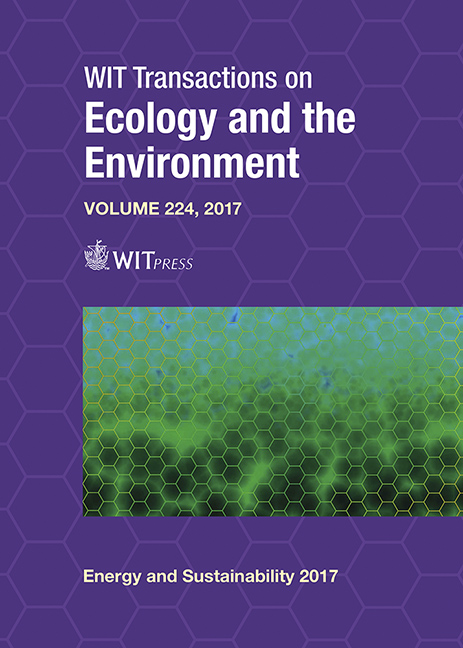SUBSTITUTION OF COAL BY REFUSE DERIVED FUELS (RDF) IN THE PRECALCINER OF A CEMENT KILN SYSTEM
Price
Free (open access)
Transaction
Volume
224
Pages
13
Page Range
411 - 423
Published
2017
Paper DOI
10.2495/ESUS170391
Copyright
WIT Press
Author(s)
AMILA CHANDRA KAHAWALAGE, MORTEN C. MELAAEN, LARS-ANDRÉ TOKHEIM
Abstract
Cement manufacturing is an energy intensive process where coal is the main energy source. Replacement of coal with refuse derived fuels (RDF) will reduce costs and CO2 emissions as RDF is partly carbon neutral. In modern cement kilns, most of the calcination (CaCO3(s) → CaO(s) + CO2) is carried out in the precalciner, and the process conditions there make it a good reactor for combustion of alternative fuels like RDF. However, most waste-derived fuels have a poorer quality than coal, and this could negatively affect the process. In this study, a model of the calcination and fuel combustion in the precalciner has been developed, and different fuel input cases have been simulated. The results indicate that it is feasible to use RDF to fully replace coal as an energy source in the precalciner. However, to obtain the same degree of calcination, the specific energy consumption will increase by 10% compared to coal if the RDF moisture content is 25% (a quite typical value). This is due to the fuel characteristics. As a result of the increased energy consumption, the exhaust gas flow rate also increases. Using RDF with 25% moisture content increases the exhaust gas volume flow rate from the kiln system by 11%. This is equivalent to a reduction in the production capacity. Considering that waste fuels like RDF are usually less expensive than coal, operating a precalciner with RDF as a coal replacement becomes a trade-off between lower fuel costs and lower production capacity.
Keywords
refuse derived fuels, cement kiln system, precalciner





